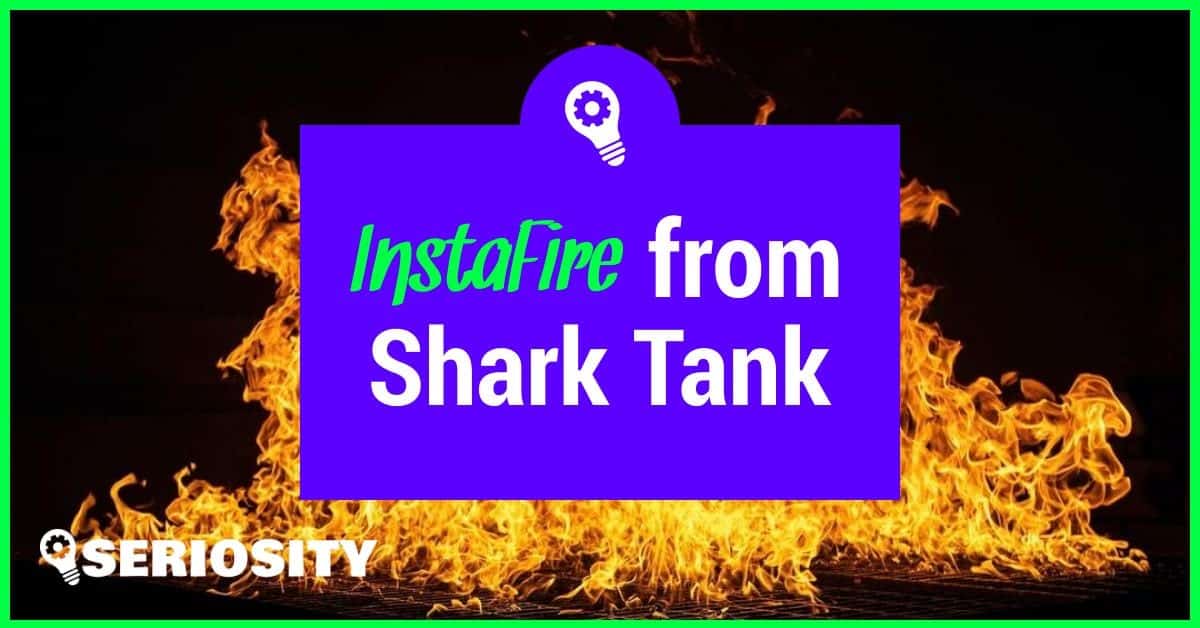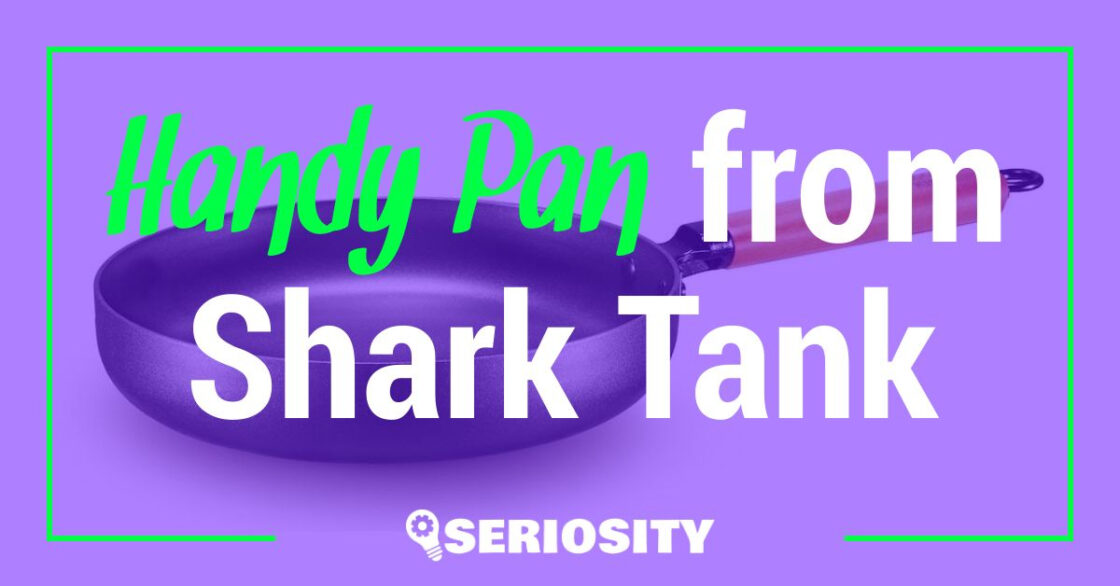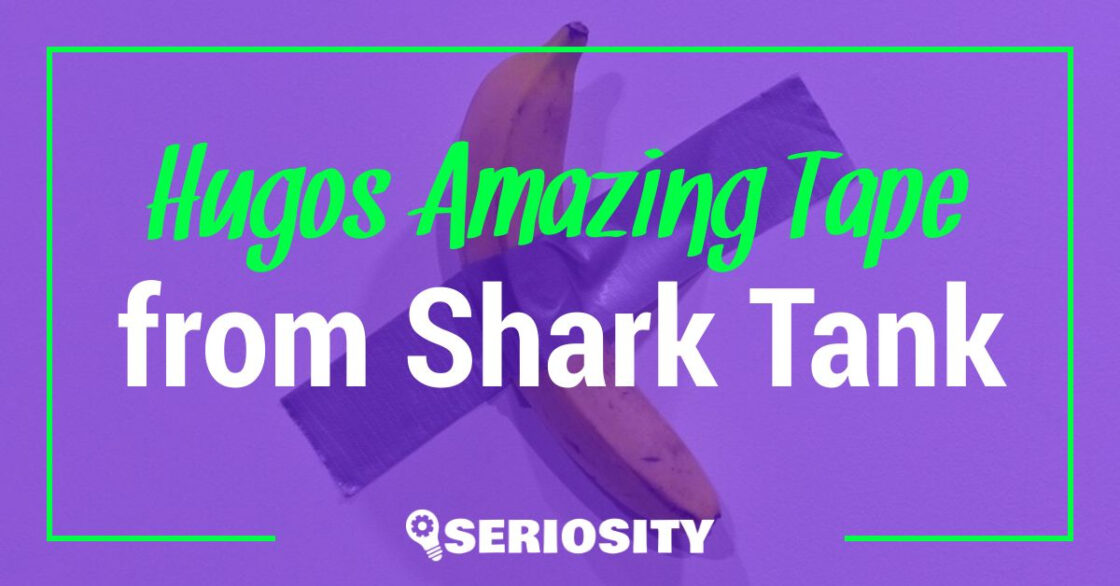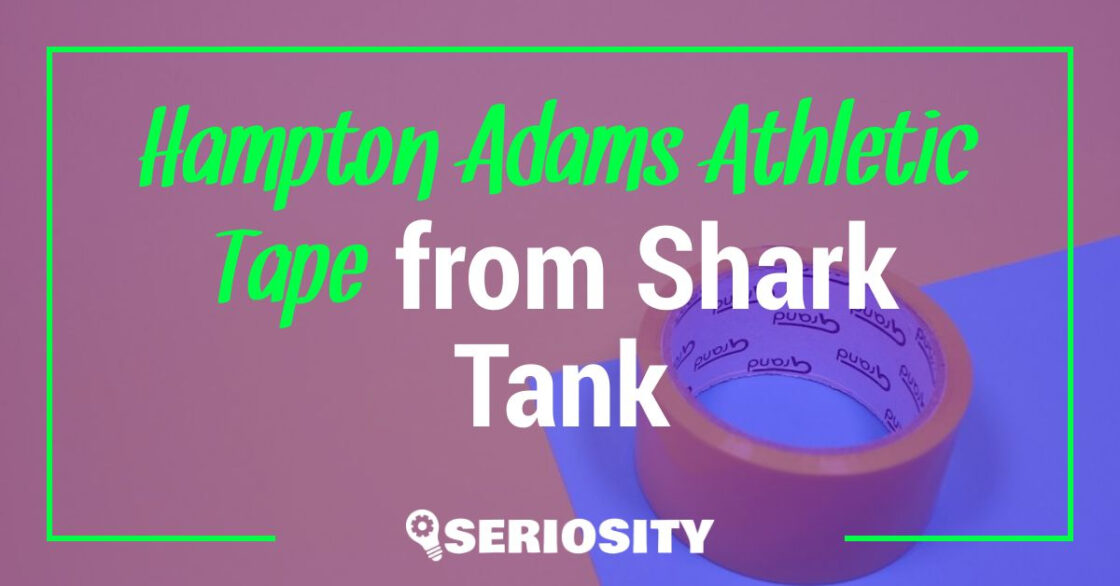InstaFire is a safe and simple fire-starter, and also has waterproof capabilities. The product has been created with a combination of wood pellets, paraffin wax, and volcanic rock. InstaFire can endure winds of up to 30 miles an hour and, since it is waterproof, it can also be used in and under water. The product can also extinguish the fires automatically. Under emergencies, a single InstaFire glass can boil up to four glasses of water within ten to fifteen minutes.
InstaFire is extremely versatile, and can be used for campfires, stoves, pits, as well as an emergency fire-starter. The product has enjoyed tremendous success, and become extremely popular amongst military personnel and outdoor-activity enthusiasts.
Konel Banner and Frank Weston are the masterminds behind InstaFire. The duo hails from Utah, and has a background in entrepreneurship and business ownership. Banner has been the president of R.K Wholesalers Inc for nearly three decades, and is also the owner of Weston’s Special Services.
Banner and Weston came up with the idea for InstaFire after the Teton Dam collapse, during which the former’s family went missing for more than a week. Even though the family, fortunately, survived, Konel thought that it would have been able to better navigate if they had a fire-starter on hand.
Hence, initially, InstaFire was intended to only be an emergency source of fire. However, after realizing the potential of the product and the versatility of its use-cases, Banner and Weston decided to further refine the product and make it more attractive to different target markets.
Is InstaFire Still an Active Business?
Yes, InstaFire is still very much active, and sells its products on its own website and Amazon. The product has received an overwhelmingly positive feedback from its users. As of August 2021, the company’s annual revenue was $4.1 million.
The company has added a number of other products to its portfolio, including emergency preparation products, mechanic products, and charcoal starters.
How Did the Shark Tank Pitch Go?
InstaFire made its Shark Tank appearance in the 19th episode of the 10th season of the show. Banner and Weston were seeking an investment of $300,000 in exchange for a 10% stake in the company – a company valuation of $3 million.
Banner demonstrated the product, while Weston asserted that InstaFire “did not invent fire; it perfected it”. The duo showed the resilience and effectiveness of the product by holding it in front of a fan, immersing it in water, and using it on a BBQ grill.
At that point, the product had generated $2.1 million in revenue over a seven-year period, of which $378,000 was done in the year before. For the current year, the owners were expecting to close with revenue of $850,000.
Lori wanted to see the product samples, while Mark enquired about the target market. The Sharks were interested in whether the product was patented, to which the owners answered in the affirmative.
Robert decided to step out of the deal, primarily because he thought that the $300,000 valuation was too steep, considering the sales revenue that the company had generated so far.
There was, however, plenty of interest from the other Sharks.
Kevin O’ Leary was ready to give the $300,000, but wanted 1/3rd of the company (33.33% equity) in return. He justified his offer by saying that he could help InstaFire with both online and offline marketing.
Daymond came up with a unique offer: $300,000 for 20% equity in the company, but he also wanted a 33.33% share of the online sales.
Mark wanted to give the $300,000 for a 33.33% stake, and asked Lori if she wanted to join him. Lori agreed, and the duo made its offer.
Observing the interest from the other Sharks, Daymond decided to make an improved proposal: $300,000 for 17.5% equity in the company, and a 22.5% share in the online sales. Kevin, too, drops his equity demand from 33.33% to 25%.
Mark and Lori followed suit, bringing their equity demand down to 30%. Lori highlighted the benefits of bringing two sharks onboard.
Kevin, meanwhile, drops down to 20%.
It was clear that, with the exception of Robert, all the Sharks wanted in. However, it was the Mark-Lori duo that ultimately brought it home, closing the deal at $300,000 for 30% equity.
After the tremendous Shark Tank triumph, the company’s annual sales leaped up from $378,000 to $2.1 million. Mark and Lori’s affiliation has given InstaFire greater legitimacy and attracted a number of major retailers, including Walmart, Camping Survival, Academy Sports, and Lowe’s.
Our Review of InstaFire:
The product appears to be a mixture of pellet stones and coarse powders. Upon trying InstaFire, we observed that it can light a fire in less than three seconds, and will create an 8-9 inch fire that will last for approximately 15 minutes.
The fire-starter burns at a temperature of 1000-degrees Fahrenheit, and can ignite a quick fire even with damp wood. It is a must-have for anyone who engages in outdoor activities such as mountain-climbing, fishing, hunting, backpacking, snowmobiling, and hiking. It is also a great option for barbecues.
Pros of InstaFire
- Starts a fire in less than three seconds
- Can be used underwater
- Can survive winds of up to 30 miles per hour
Cons of InstaFire
- The product requires piling up to get the fire going
- Not suitable for indoor fireplaces
Are There any Alternatives?
A few manufacturers or companies that sell products similar to InstaFire, are:
- Dynatrap
- Grill Parts
- StarFire Direct
- Bergtoys
- Blaze Grills
The competition is certainly stiff, but it will help InstaFire stay on its feet and focus on constant innovation and improvement.
Our Final Thoughts
As a result of its Shark Tank triumphs, InstaFire has enjoyed a great deal of attention and commercial success during the last couple of years or so. The company value has almost doubled, and its products are being sold at retail stores throughout the US.





